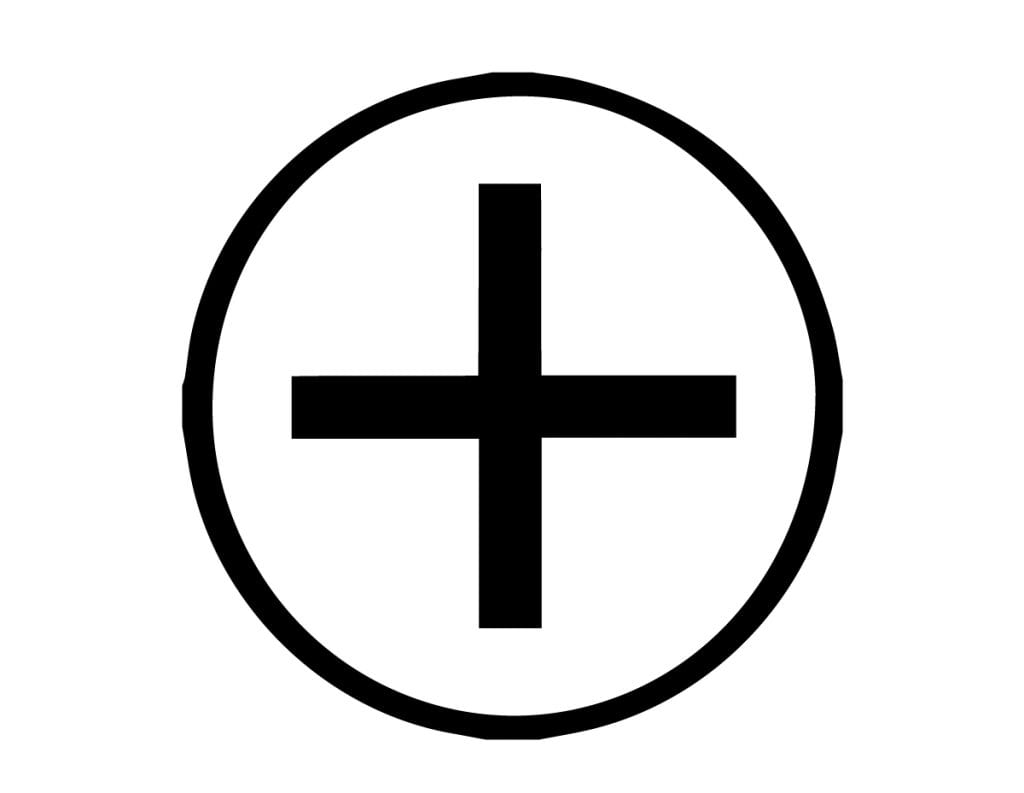
Equal Armed Cross – The Equal-Armed Cross, also referred to as the square cross, the balanced cross, and the peaceful cross is a name for the Greek Cross when this is found in ancient cultures, predating Christianity. In fact, if you look at pure energy under a microscope you will see that energy forms spiral patterns. The sacred spiral is also an energetic symbol, it represents energy. It is a symbol that represents innocence, rebirth, and the eternal. The spiral represents eternity and continuity. The Sacred Spiral – The spiral represents the universal pattern of growth and evolution. In ancient times the Goddess was a sacred symbol in many regions. The goddess is the keeper of wisdom, she is the spirit of both Earth and the heavens. The Goddess if symbolic of regenerative, creative and life-giving energies of the universe.

In other cultures, goddesses also rule over war, death, and destruction as well as healing. In some cultures, goddesses are associated with Earth, motherhood, love, and the household. Additionally, the new symbol should feel equal in visual treatment to those of traditional men’s and women’s restrooms, which are often located near all-gender facilities.Goddess – A goddess is a female deity. Our group also felt that the symbol should communicate a sense of inclusion - in other words, it should be as neutral as possible, and no one should feel excluded or judged by it. Some felt that the symbol associated with an all-gender restroom can sometimes single them out or identify the user as a target, impacting their sense of security and potentially their well-being. Nearly everyone in the group reported feeling intimidated or experiencing hostility - and in some cases actual violence - when using a restroom. By respectfully soliciting and listening to the community’s input, the second focus group became an empathy-building exercise for our design team. Our design team worked with a group of approximately 30 transgender people, asking them to select which precedent symbols and messaging they preferred and those they didn’t. In a second focus group, we wanted to hear directly from the users who tend to draw the most attention in discussions around all-gender restrooms. Respondents could give feedback at their leisure and without constant observance from our design team, and the results were later gathered for analysis. Symbols and messaging options were presented in a communal space over a 24-hour period. Participants were asked to select which precedent symbols and messaging they preferred and those they didn’t - or they could draw and write in their own solutions. We conducted an initial focus group made of a diverse population of all-gender restroom users, including families/parents of young children, caregivers/those needing assistance in restrooms, and LGBTQ+ folks. We began the design process by gathering all the precedent symbols and messaging we could find. An effective visual symbol should be the designer’s main concern. The traveler in an international airport may not be able to read English (or read at all, for that matter), and so the symbol must also be universally-understood and be able to stand alone without text-based messaging reinforcement.

The symbol must be highly legible - it must be capable of being quickly and clearly read from many different distances and heights. A setting like an international airport creates a particular challenge for wayfinding symbol design. These are large, multi-stall restrooms with a communal sink area and individual floor-to-ceiling stalls. In 2016, as part of an ongoing terminal expansion project, San Francisco International Airport engaged the Gensler San Francisco office to design and implement a symbol for their newly deployed, all-gender restrooms. In designing an effective, inclusive symbol for all-gender restrooms, we found that building empathy and respectfully engaging user communities is critical to success. There’s a myriad of user groups, and some are fiercely protective of their identity and how they’re represented.

Without an existing standard, properly identifying these restrooms in signage and wayfinding through use of an effective symbol is crucial however, designing a symbol for an all-gender restroom can be a potentially contentious conversation, inviting input and commentary from many viewpoints. One consistent example we encounter is managing identification signage for toilet facilities, specifically the all-gender restroom. As designers, we’re always trying to embrace and understand shifts in modern society.


 0 kommentar(er)
0 kommentar(er)
